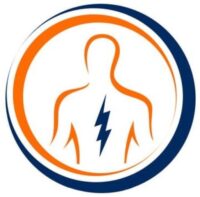Cephalgia, also known as ‘headache’ includes any type of pain that is affecting the head, neck, or face. Headache is one of the most common conditions in the world. In today’s lifestyle, its occurrence is increasing rapidly due to increasing stress and other problems. So, if you are suffering from headaches, you’re not the only one.
ICD-9-CODES
307.81 Tension headache; 339 Other headache syndromes; 339.0 Cluster headache; 339.1 Tension-type headaches; 339.2 Post-traumatic headaches; 339.3 Drug-induced headaches; 339.4 Complicated headache syndromes; 339.8 Other specified headache syndromes
ICD-10-CODES
G43 Migraine; G44 Cluster headache; G44.209 Tension-type headaches; G44.309 Post-traumatic headaches; G44.41 Drug-induced headache; G44.51 Hemicraniacontinua; G44.80 Other primary headaches; G44.81 Hypnic headache.
Types of cephalgia:
1. Primary headaches/cephalgia
Primary are those headaches that are not very dangerous as they aren’t due to any underlying medical cause. These includes:
- Migraine
- Cluster headaches
- Tension headaches
- Trigeminal headaches
2. Secondary headaches/cephalgia
These headaches are dangerous as they are related to other medical conditions, like:
- Tumor
- Whiplash injury
- Intracranial headache
- Neck injury
- Vascular disorders
- Overuse of medications
NIH Classification of Cephalgia:
The National Institute of Health (NIH) has 5 classifications of headaches:
- Vascular headache
- Migraine
- Cluster headaches
- Muscular tension myogenic headache
- Cervicogenic headache
- Traction headache
- Inflammatory headache
Signs & Symptoms:
- MIGRAINE
- More common in women
- Pulsating pain
- Nausea
- Sensitivity to light or sound
- Pain on one or both sides of the head
- Pain aggravates with routine activity
- CLUSTER HEADACHES
- These are more common in men than in women
- Severe headaches
- These are short-lasting
- Symptoms around the eye
- MUSCULAR TENSION/MYOGENIC HEADACHE
- Squeezing or tightening on head
- Mild-to-moderate pain
- Still able to do the routine activity
- CERVICOGENIC HEADACHE
- Disorder of the cervical spine
- Stiff neck
- Range of motion or mobility limited
- One-sided pain
- Pain radiating to the arm
- TRACTION HEADACHE
- Can be caused by stroke
- Severe throbbing or pulsating pain
- INFLAMMATORY HEADACHE
- Can be caused by sinus infection with inflammation
- By increase in intracranial pressure
- Dull or aching headache
- Feeling of tightness across the forehead, sides of the head, back of the head, and neck.
Possible Causes:
- It can be due to forward head posture, rounded shoulders due to tight pectoralis, or weak deep neck flexor muscles.
- Prolonged side bending of the cervical towards the impaired nerve
- Hypertrophy of the facets
- Trauma
- Light and sound
- Nutritional deficiency
- Vascular insufficiency
- Stress
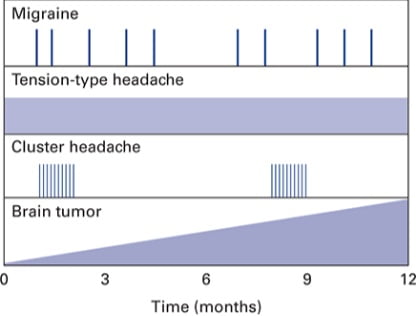
Migraine headache is episodic and may occur at varying intervals. Tension headaches may be present every day. Cluster headache occurs in bouts separated by symptom-free periods. Headache caused by brain tumors often increases in severity with time.
Differential Diagnosis:
| DISORDER | MIGRAINE | CLUSTER HEADACHE | HYPERTENSION HEADACHE | CERVICAL NEURALGIA | EYE DISORDER | SINUS,EAR, & NASAL DISORDER |
|---|---|---|---|---|---|---|
| SEX/AGE PREDOMINANCE | Female/20-40 years | Male/40-60 years | None | None | None | None |
| NATURE OF PAIN | Throbbing and intense | Stabbing, pulsating, burning | Dull, throbbing, nonlocalized | Dull pain or pressure in the head | Generalized discomfort in or around the eye | Dull, persistent |
| FREQUENCY | Usually not more than twice a week | 1-4 episodes/day | Variable | Intensify with sustained visual effort | Variable | |
| LOCATION | Usually unilateral | Unilateral eye, temple, forehead | Entire cranium, especially the occipital region | Bilateral occipital, frontal or facial | Entire cranium | Frontal, temporal, ear, nose, occipital |
| DURATION | Several hours to days | Minutes to hours | Variable | Variable | During and after visual effort | Variable |
| CAUSE | Vasomotor | Vasomotor | High BP | Neurological, pressure on spinal nerve roots | Infection, allergy, chemical | Blockage, inflammation, infection |
| OTHER SYMPTOMS | Nausea, vomiting, pallor, photophobia, mood disturbances | Ipsilateral sweating of the face, lacrimation, nasal congestion, or discharge | Dizziness, auditory disturbances | Diminished vision. sensitivity to light |
Diagnosis:
- MRI, CT: These help to visualize the region of the head or brain
- X-RAY: They help to look if osteophytes located in the intravertebral foramen of the cervical spine
Tests & Measures:
- Cervical spine active range of motion
- Physical examination to rule out cervical radiculopathy:
- Spurling test
- Upper limb nerve tension tests
- Diminished brachioradialis reflex
Intervention:
Usually, headaches go away with rest and mild analgesics like ibuprofen, aspirin, or paracetamol. But, not all headaches go away easily and need lifestyle changes.
- By rest
- Lifestyle changes: Changes in diet and sleep patterns are very effective to cure headaches.
- Stress management: Daily meditation and relaxation techniques are also effective to cure stress headaches.
- Proper hydration
- Cervical distraction and traction in case of nerve compression.
- Postural changes
- Exercises in case of muscle weakness.
- Deep neck flexors training
- Strengthening of lower/middle trapezius, rhomboids, rotator cuff, serratus anterior, latissimus dorsi.
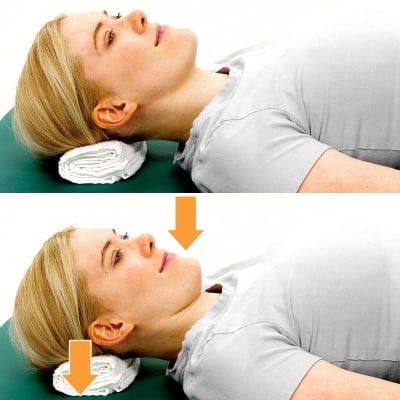
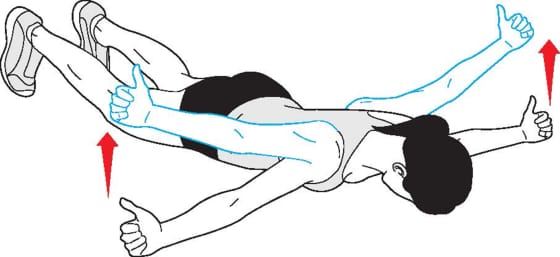
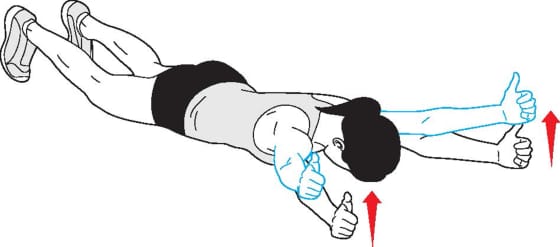
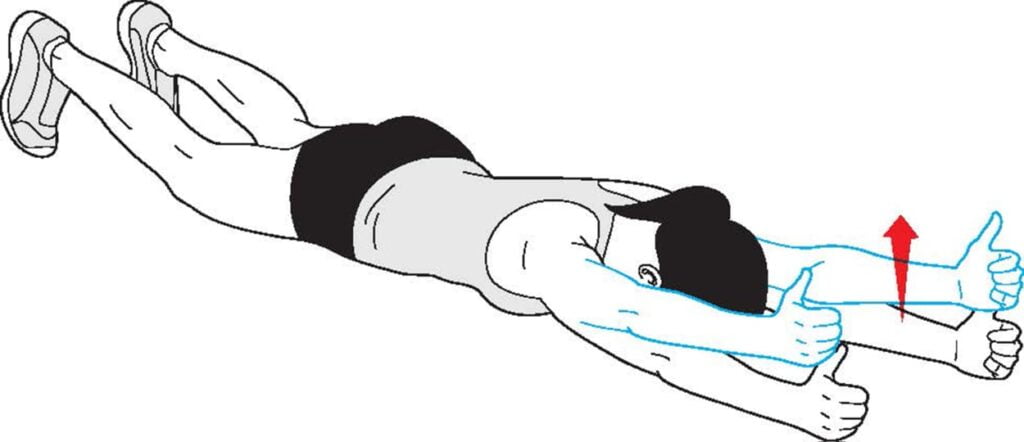
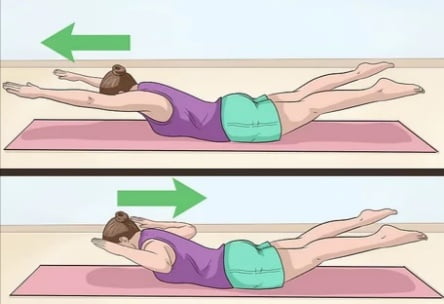
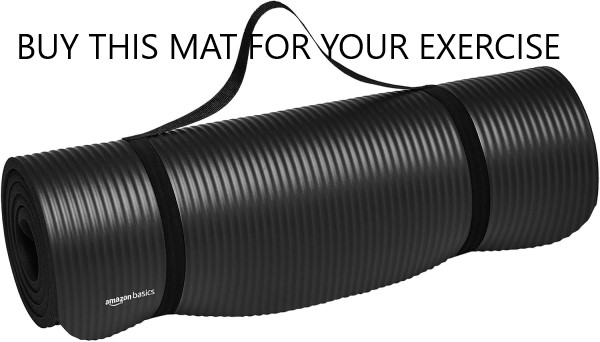
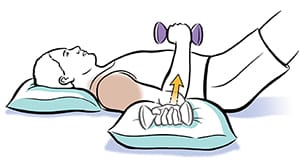
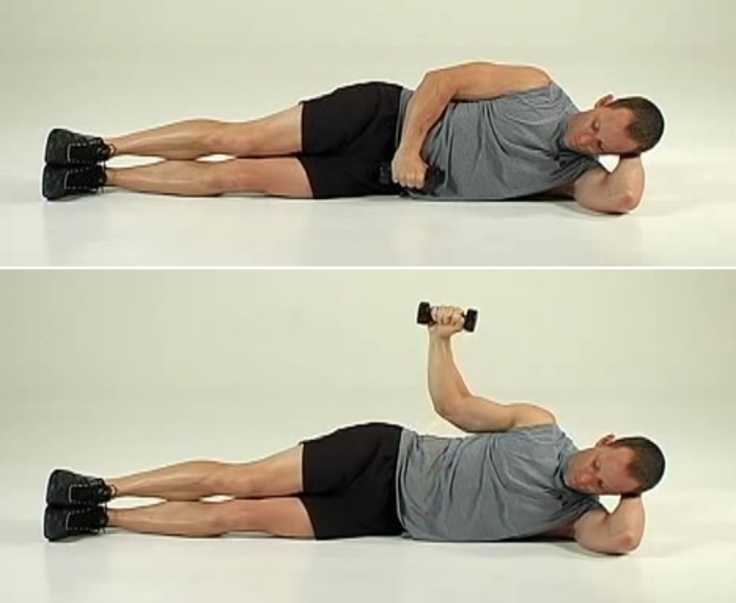
ALL THE BEST!
